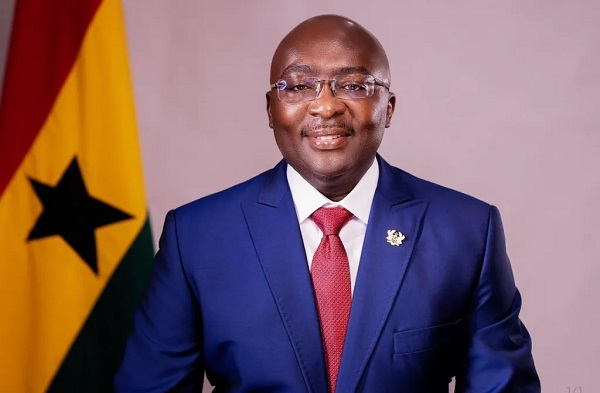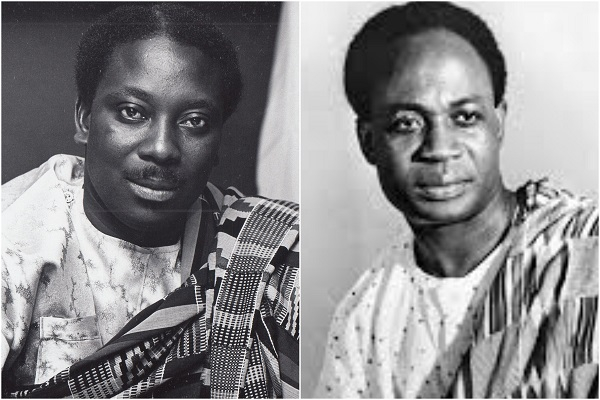Apple loyalists will finally get a taste of what a foldable iPhone feels like, in 2026. Or at least that’s what sources like Bloomberg and analyst Ming-Chi Kuo have been hyping up for a while now. Of course, Apple is late to the party — roughly seven years — but the hype is insanely high for a couple of reasons.
Apple has reportedly managed to eliminate the crease on the inner folding screen, achieving a near-seamless flat look. Second, Apple is said to have fortified the hinge mechanism, a crucial weakness of foldable phones that leads to nasty unfolding problems and expensive repairs.
On the flip side, reports suggest it will be quite pricey and might hit the shelves with a two-thousand-dollar premium. Samsung’s foldables aren’t exactly budget-centric, but the industry has also carved a niche where flip-style phones serve the foldable enthusiasts with a much more palatable price tag.

The likes of Samsung Galaxy Z Flip 6 and Moto Razr have cultivated a solid following of their own, but it seems Apple is not particularly psyched by that idea. For now, at least. “That’s not something currently on the table for Apple,” says a Bloomberg report.
Not experimenting with a clamshell-style foldable smartphone is a missed opportunity, especially when you look at Apple’s strengths and recent software developments. I often come across posts that discuss Apple’s attention to detail, from corner radius to color transitions.
Everything looks immaculate, and a quick peek at Apple’s design guidelines will give you an idea of just what Apple expects from the software running on its hardware. If there’s a company that can nail UI interactions on a small cover display, it’s Apple, or at least do better than the rest.

Samsung continues to restrict what you do with apps on the Galaxy Z Flip 6’s smaller external display. If you really want to get the full experience, you must download the Good Lock module, or pick one of the cover screen apps.
Then there are a handful of system-level restrictions when it comes to app interactions, such as handling 2FA prompts on the cover screen or making payments. Motorola takes a much more liberal approach here, but Android’s native app-scaling woes ruin the experience for a handful of apps, especially social media.
There is no perfect cover screen on the current crop of clamshell foldable phones out there. Apple, given its focus on design uniformity and tight conformity to scaling rules, could have done a much better job.

Just take a look at the dissonance between Android on phones and the wearOS experience on smartwatches. Now, compare it with the familiar feel as you switch from watchOS on an Apple Watch to the iPhone in your hand.
In 2025, Apple’s Liquid Glass design makeover further unified the look of its operating systems across screens of all sizes. Even on the “mobile side,” Apple’s new windowing system on iPadOS 26 has fully embraced the ethos of freely resizable app windows.
I can’t imagine iOS interactions on a 4-inch external display struggling with natural app interactions. Even if Apple didn’t go as immersive as the Moto Razr or the upcoming Galaxy Z Fold 7 — and adopted a smaller cover display — I am fairly confident that Apple would offer a more thoughtful cover screen experience.

Ask any industry watcher (or even fan) about Apple’s biggest missed opportunities in the past few years and you will predominantly get two answers. Foldable phones and AI. The latter is slowly making progress, but a foldable device will be absent from Apple’s portfolio until next year.
Samsung introduced its first foldable phone back in 2019. It was a botched start, but the company has come a long way since, both in terms of hardware stability as well as functionality. Soon, rivals from China caught up.
As of 2025, the race is no longer about making foldable phones, but making the best one. The race is so hot that Samsung has lost the lead on multiple fronts. The likes of Honor are making foldable phones that are nearly as thick as an average iPhone.

Oppo’s Find N5 has nearly eliminated the crease problem, allows 80W charging, and even throws a remote Mac facility into the mix. The iPhone has remained more or less the same over the past few generations, save for minor tweaks to the design and incremental camera upgrades.
The lack of exciting upgrades runs so deep that I often find myself recommending a generation older — or two — iPhones to my acquaintances, and save some money while at it. In hindsight, that’s just how boringly good iPhones have been in the past few years.
Even the most notable year-over-year changes in the past few years have focused more on creative professionals than the average user. Tricks like LOG capture, ProRAW image, cinematic recording, and multi-cam video capture are more tailored towards creative folks, and not an average user.

Apple is expected to step out of its comfort zone, somewhat, with the rumoured iPhone 17 Air slated to arrive in the fall season. That phone appears to be nothing more than a slimmer iPhone, and with its own set of inherent compromises, such as a smaller battery and only a single camera at the back.
Moreover, Apple won’t be the only player in the game. Samsung has already done the “ultra slim phone” trend with its revived Edge family, and Chinese smartphone labels have knocked on those doors, as well. More are expected to follow the trend, including much smaller players such as Tecno.
What Apple needs is a flip-style foldable phone, one that would blend freshness as well as affordability in the same package. Look no further than the Motorola Razr 2025, which blends plenty of aesthetic pizzaz and a near-seamless external display with a $700 price tag.

Even if you factor in the “expected” Apple brand premium, a clamshell folding iPhone shouldn’t cost more than $1,200, the same as a flagship “Pro Max” iPhone. For comparison, the Galaxy Z Flip 6 goes for $1,100 in the US market.
But more than just bragging rights and catching up with the competition, a flip-style iPhone would have injected some serious innovative energy into the iPhone portfolio without pushing it beyond the reach of an average iPhone buyer.
A book-style foldable iPhone serves as a great showcase of Apple’s engineering chops — just like the Vision Pro — but it’s far from a mainstream success recipe. A flip-style folding iPhone that costs nearly half as much sounds a lot more soul-stirring, and pocket-friendly, too.










